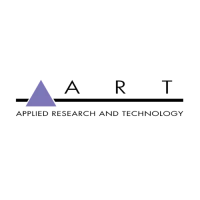
Do you have a question about the Art P48 and is the answer not in the manual?
| Brand | Art |
|---|---|
| Model | P48 |
| Category | Home Automation |
| Language | English |
User must retain safety and operating instructions for future reference and heed all warnings.
No user-serviceable parts inside; refer service to qualified technical personnel.
Connect unit only to specified mains power with a good ground connection.
Use provided plug, route cord safely, avoid damage or pinching.
Do not defeat grounding/polarization or tamper with the ground connection.
Avoid exposure to rain, moisture, damp conditions, or liquids.
Avoid locating near excessive heat or direct sunlight; keep away from heat-producing equipment.
Protect from dirt, dust, heat, vibration; avoid ash, spills, and smoke.
Protect controls during transit, use padding, lift/move with care to avoid injury or damage.
Switch off/unplug unit if exposed to moisture, damage, or unusual conditions; refer to qualified personnel.
Install the unit in accordance with the instructions printed in the user guide.
The ART P48 is a 48-point balanced patch bay for organizing audio connections.
Lists key features like 48 points, switchable modes, TRS connectors, rack mount, and warranty.
Details technical specs including connectors, CMRR, isolation, enclosure, dimensions, and weight.
Explains terminology and conventions for modules, input/output jacks, and normalled connections.
Details how normalled connections work in Half Normal and Normal modes with diagrams.
Discusses using unbalanced signals with the P48, noting potential loss of balanced line benefits.
Addresses using stereo signals, cautioning against mixing with balanced signals.
Explains using both analog and digital signals, recommending grouping to minimize noise.
Advises against running phantom power due to risks of damage to equipment or supply.
Provides links to articles for more information on using patch bays.
Outlines the three-year warranty, exclusions, and ART's rights for changes.
Provides steps for troubleshooting, contacting customer service, and returning units for repair.